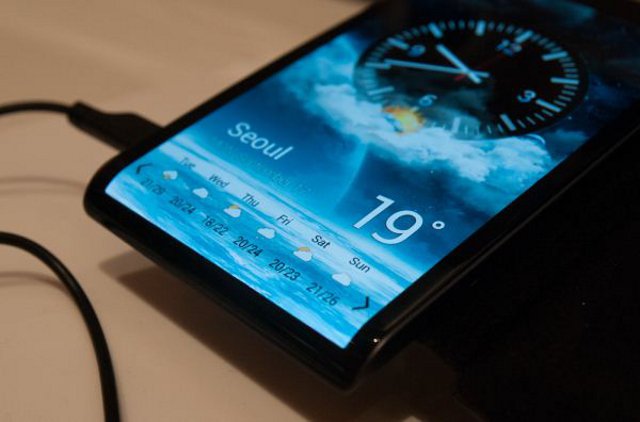There are several Technologies in Electronic Displays which changes by Time….
CRT Monitors from 90’s have Been Replaced by LCDs in 2000’s
Then by the improvements in LCDs had brought IPS-LCD and Super LCDs
Then this Second Decade Started With LEDs and OLED Displays which Offered High-Definition Experience….
Let we see Some Of the Display Technologies which are in Practice…
TFT-LCD – Thin-Film
Transistor liquid crystal display
IPS LCD- In Plane Switching Liquid Crystal Display
BRAVIA-(acronym) – Best
Resolution Audio Visual Integrated
Architecture. This Technoloy Comes Only with Sony Devices.
It’s not a screen type so much as a suite
of post-processing effects which can
be turned on or off.
VGA- Video Graphics Array
QVGA- Quarter Video Graphics Array
It is Very Bottom Level of Display technology of Mobile Devices
WQVGA-Wider Quarter Video Graphics Array,Which has same pixel as qVGA but have higher Width
HVGA- ‘Half size’ VGA, HVGA can
actually refer to a handful of
resolutions, but the most common
one is 320 x 480, which is half the
size of VGA.
WVGA- ‘Wider’ VGA refers to any
display with a height of 480 pixels
but a width greater than 640 pixels.
The most common WVGA resolution
is 480 x 800 and this can be found
on lots of smartphones.
XGA- Extended Graphics Array Display
HD- ( High Definition)Often referred to as 720p, this is the
lowest resolution which would
normally be considered High
Definition.
qHD- One quarter of a full HD frame, these
high-resolution displays are
increasingly being used by
smartphones as screens get bigger
and bigger.
LED- A display which Uses Light Emitting Diodes
OLED- Organic Light Emitting Diodes which Consumes Low Power than the Previous Versions
AMOLED- Active-matrix organic light-emitting
diode, or AMOLED for short, is a
screen technology based on organic
compounds that offers high image
quality in exchange for potentially
very low power usage.
Super LCD- Super LCDs are the Improved Versions Of the Normal LCDs manufactured in terms of Providing quality as same that of the AMOLED Displays. they consume less power than traditional LCDs.
Retina Display- A marketing term created by Apple, a
Retina display is a display with a
pixel density high enough that the
human eye is unable to make out any
individual pixels at a normal viewing
distance.
The Development of OLED displays Leading a Big way for the Invention of Flexible Displays which are about to be released in early 2015.
#Sriram
Technokick Team

